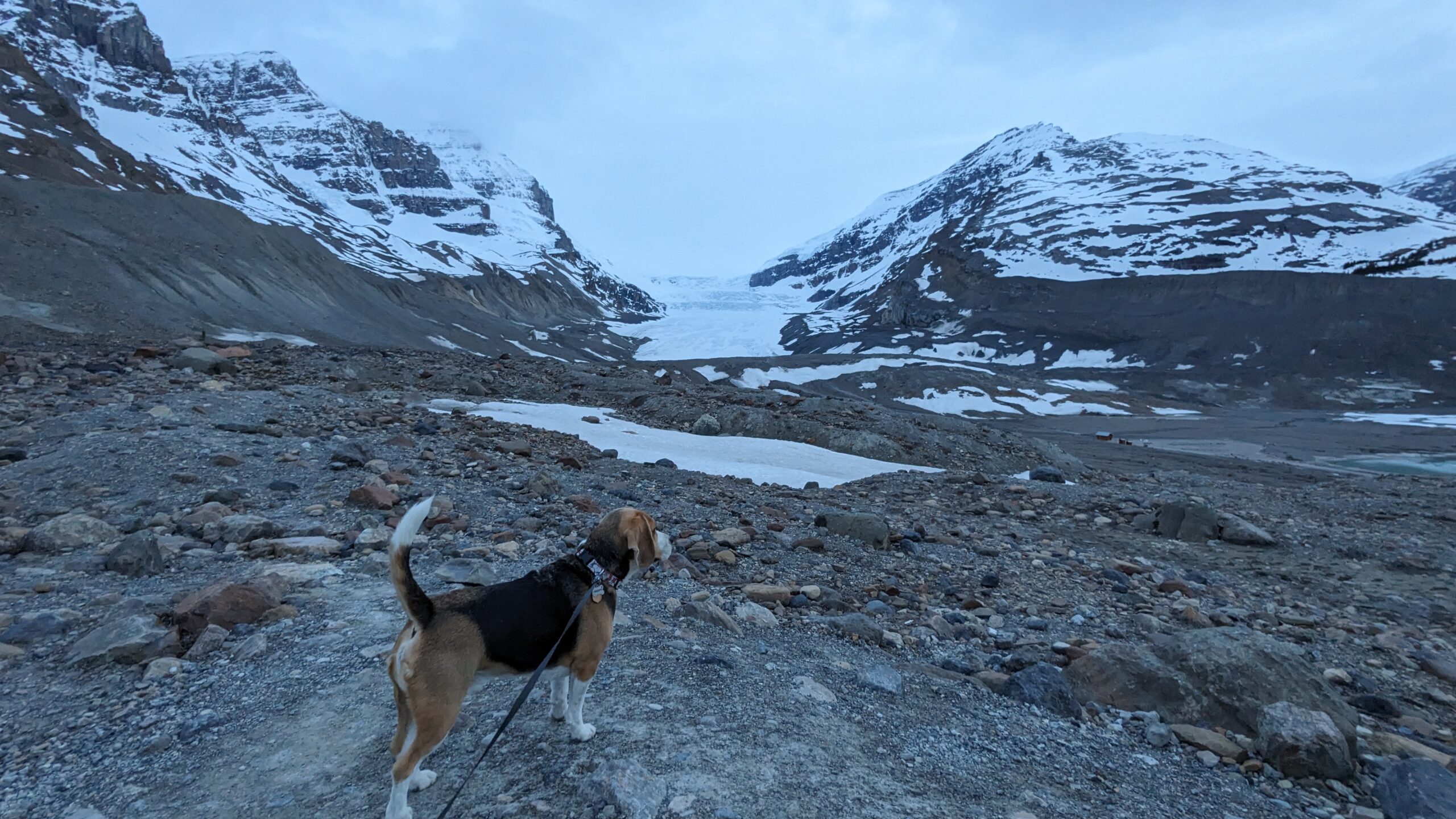Kootenay National Park, a (scam?) in the Canadian Rockies, offers more than just breathtaking landscapes and diverse ecosystems. It poses a unique philosophical question: Is it a national park with a highway running through it, or a highway with a national park around it? This question not only stirs curiosity but also invites visitors to ponder the relationship between human infrastructure and natural preservation.
The Highway and the Park: A Symbiotic Relationship
Kootenay National Park presents a fascinating quandary: Is it a national park with a highway running through it, or a highway with a national park around it? This conundrum is centered around the famous Highway 93, known as the Banff-Windermere Parkway, which slices through the park.
The highway itself was instrumental in the park’s creation. Constructed in the 1920s, the agreement to build the road was actually what led to the establishment of Kootenay National Park as part of a deal to build a road connecting the Windermere Valley with Banff. This makes the park unique, as its creation and development were closely tied to the construction of a major transportation route.
Traveling along Highway 93 offers an unparalleled opportunity to experience the diverse ecosystems and dramatic landscapes of Kootenay. From the arid grasslands of the Columbia Valley, rising to the rugged peaks of the Rockies, and then descending into dense, lush forests, the road serves as a scenic conduit through these varied terrains. We were able to sight a bear and lots of log loader trucks on an early morning drive.

However, the presence of the highway also poses challenges, including impacts on wildlife and their habitats. Efforts have been made to mitigate these impacts, such as constructing wildlife crossings and fencing to prevent animals from entering the highway. This complex interplay between access and preservation highlights the dual character of Kootenay—both a protected space and a thoroughfare.
#### Beyond the Road: Discovering Kootenay’s Richness
While the highway offers a literal path through Kootenay, stepping off the beaten track reveals the park’s true splendor. Hiking trails like the Marble Canyon provide starkly beautiful vistas and a chance to explore the geological diversity of the park. For those interested in thermal features, the Radium Hot Springs offer a soothing experience in a natural hot water pool surrounded by the stark beauty of rocky cliffs.
The park’s flora and fauna are as diverse as its landscapes. From the valley bottoms, home to bighorn sheep and elk, to the mountainous areas where mountain goats and the elusive wolverine roam, Kootenay is a haven for wildlife watchers.
Marble Canyon Trail
The Marble Canyon trail in Kootenay National Park offers a straightforward 1.6-kilometer loop that provides clear views into the deep canyon carved by Tokumm Creek. The limestone walls of the canyon, rising up to 40 meters, display a mix of white, grey, red, and green hues due to mineral deposits.
Several observation platforms along the trail allow for safe viewing of the creek below. A footbridge crosses the canyon midway, offering a direct look at the water flowing beneath. This section is particularly suitable for taking photographs or observing geological formations.
The trail includes interpretive signs that provide information on the canyon’s geological history and its ecological context. Its relatively easy access makes Marble Canyon a recommended stop for visitors, including those with children. The trail highlights the significant natural processes shaping the landscape of Kootenay National Park.



